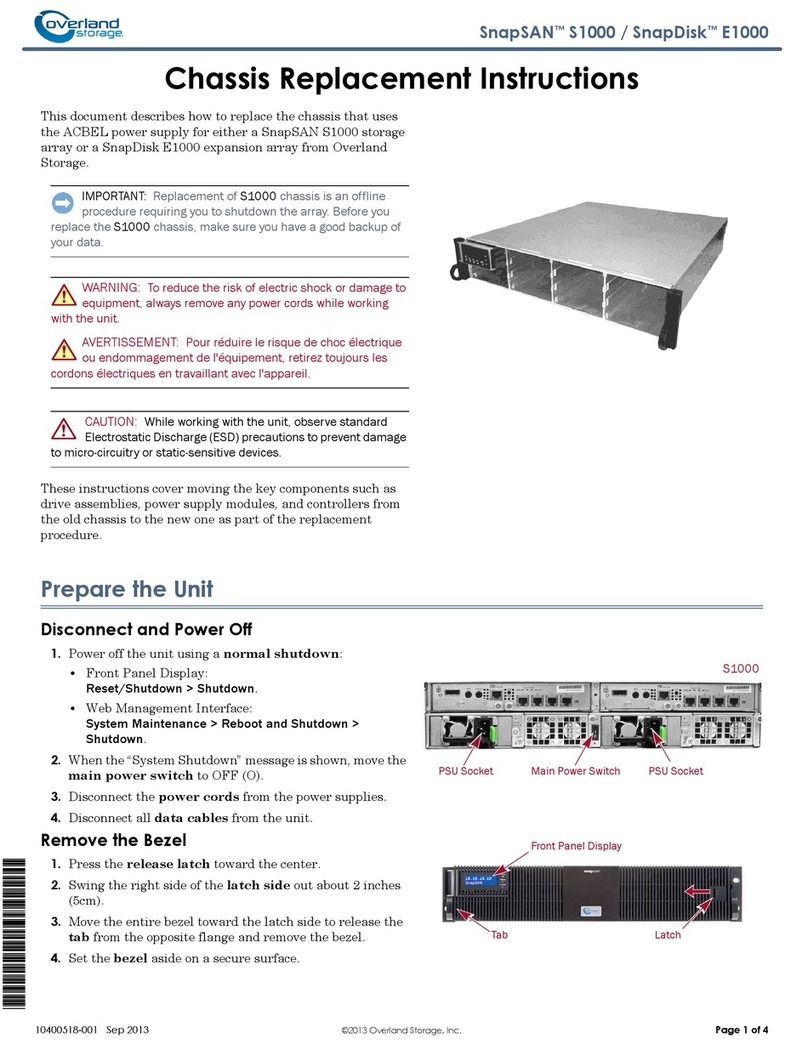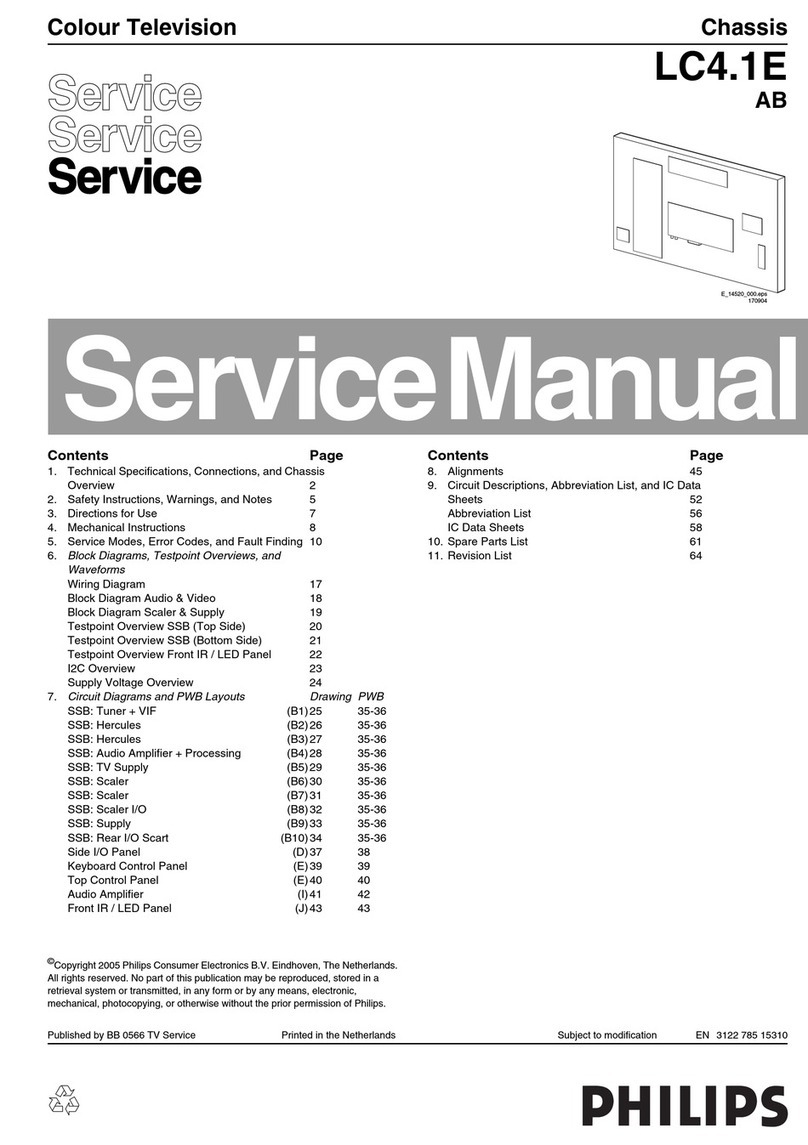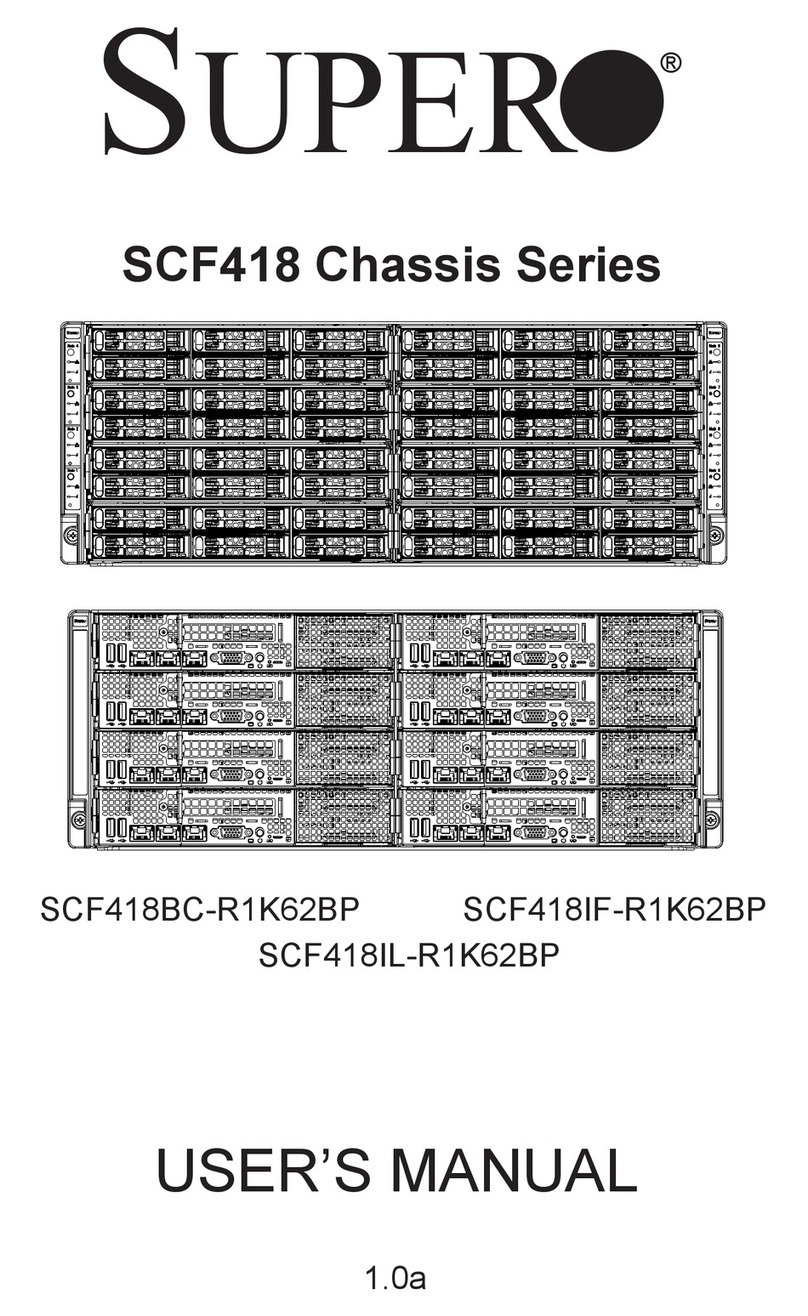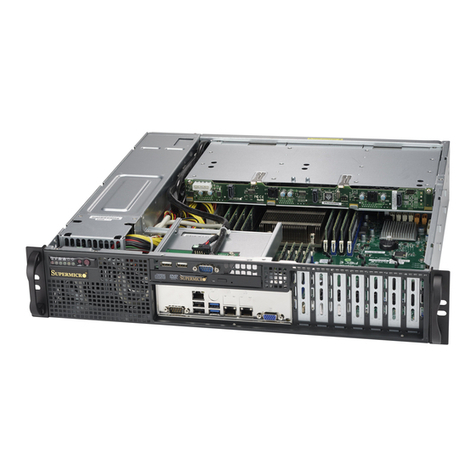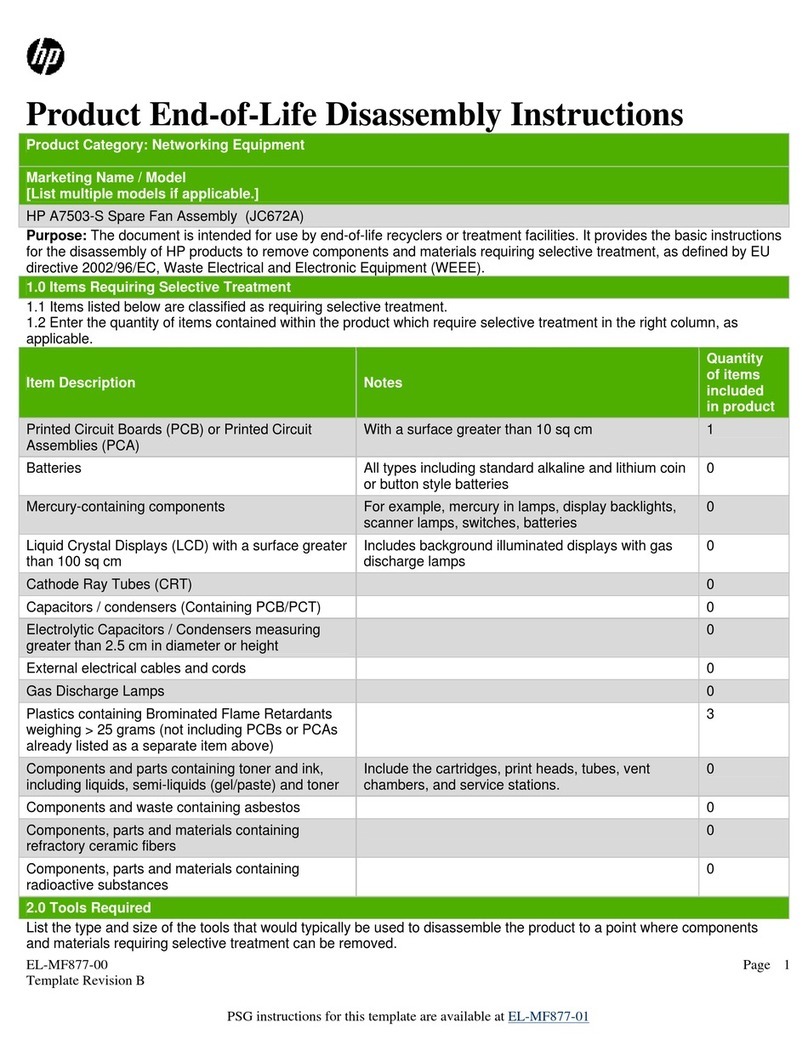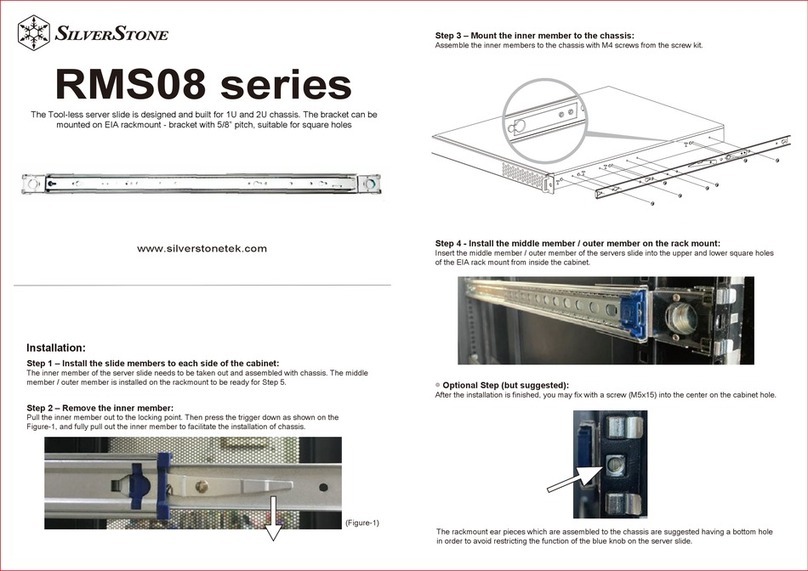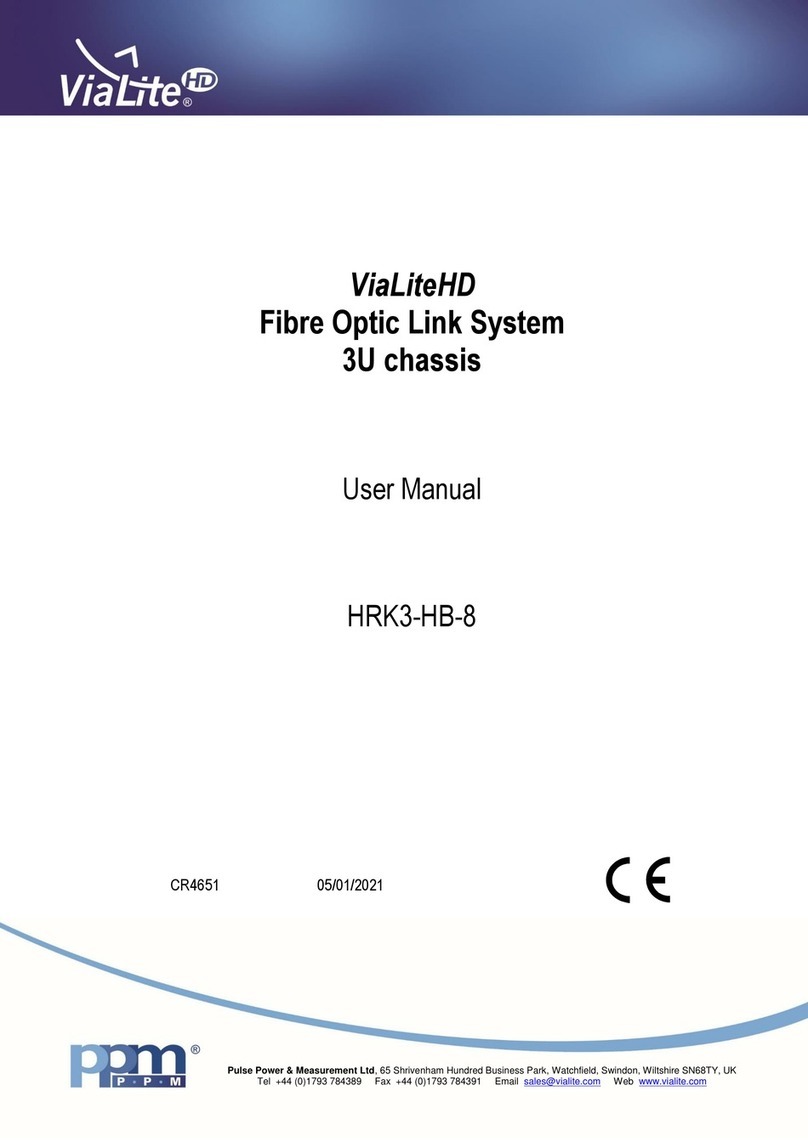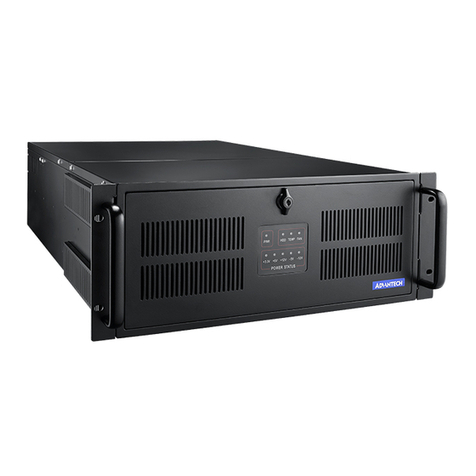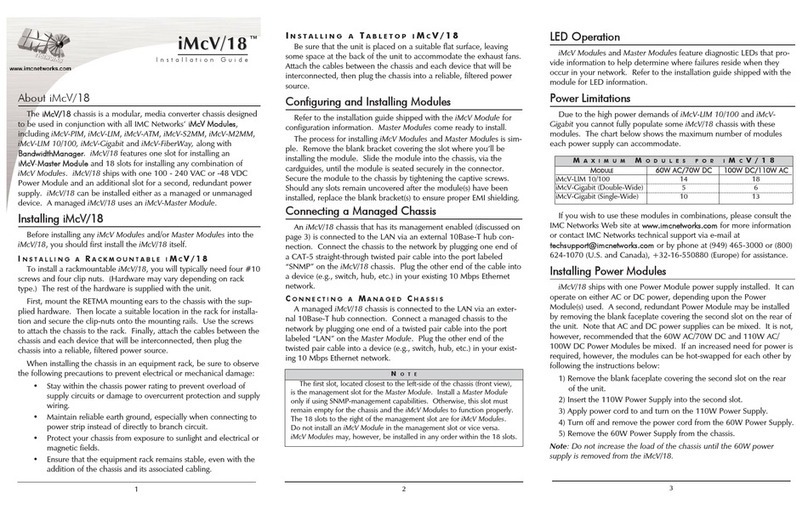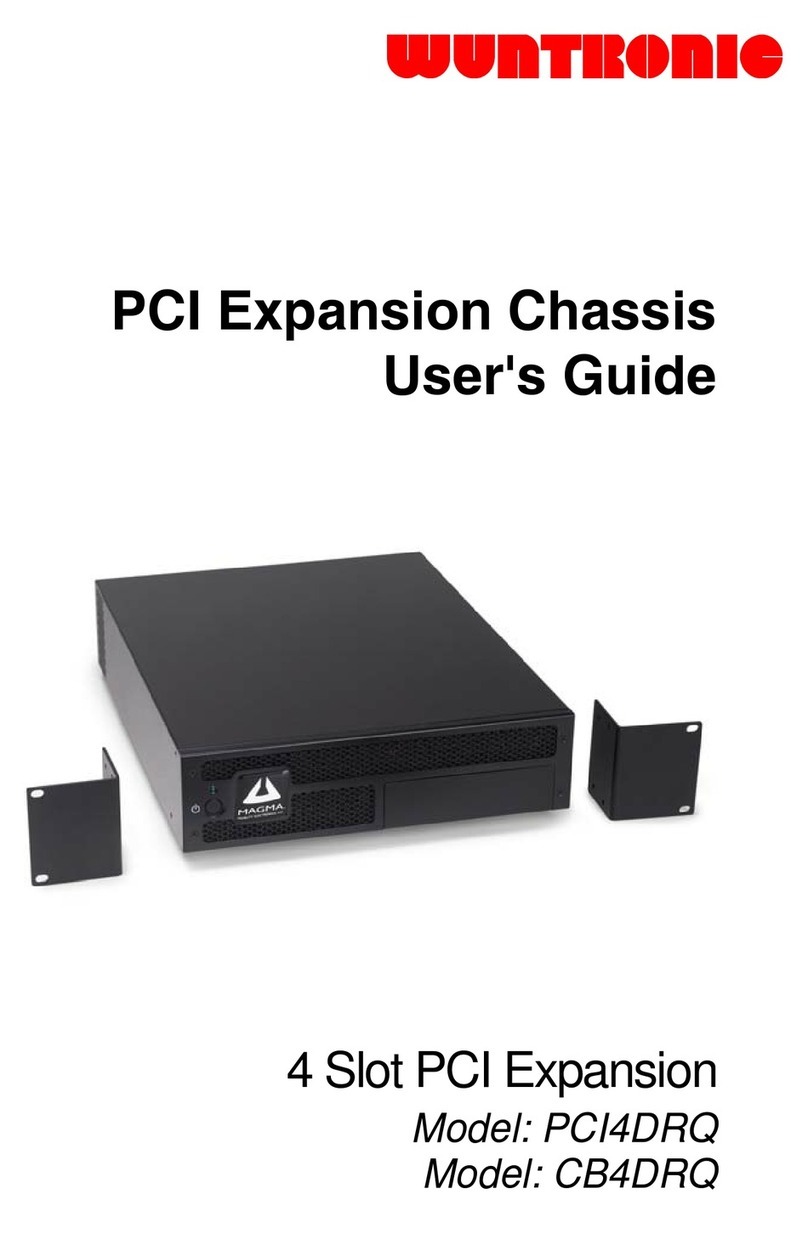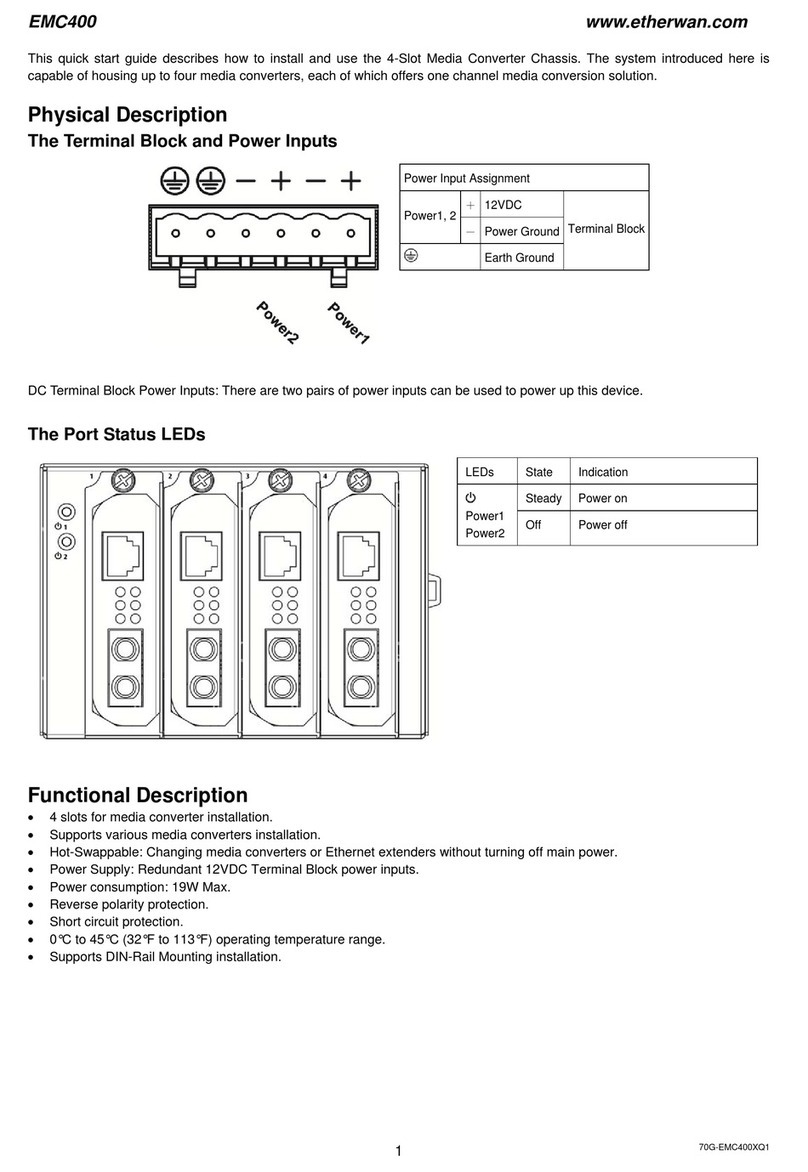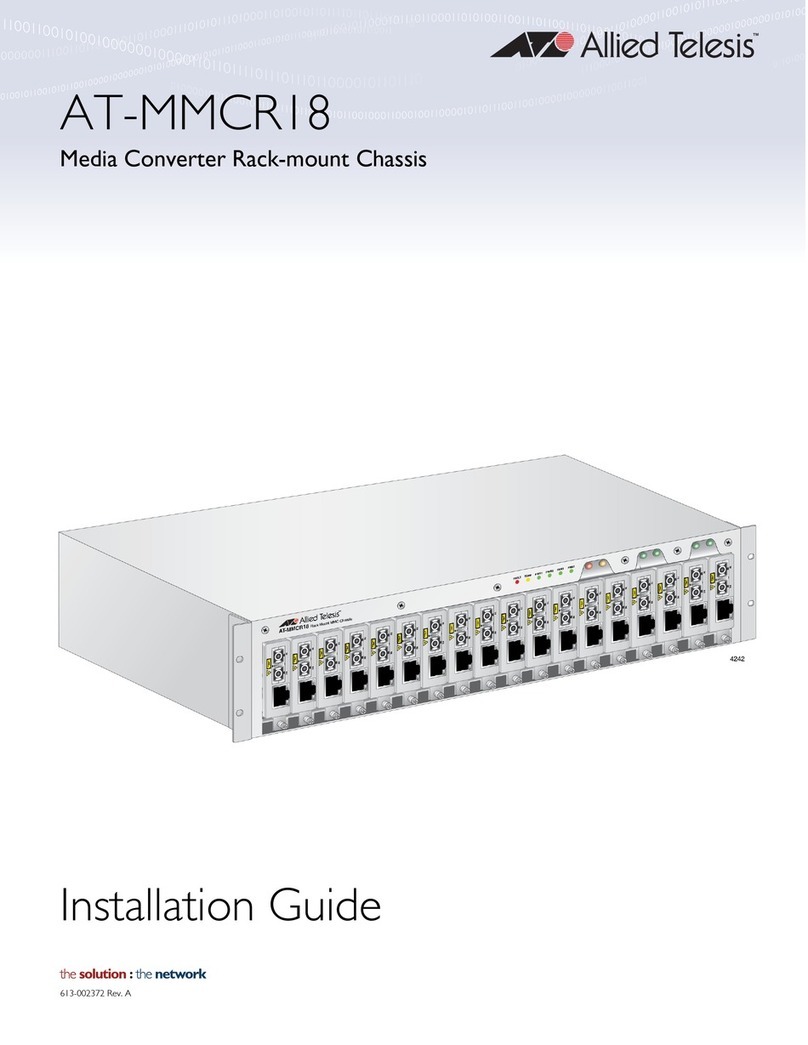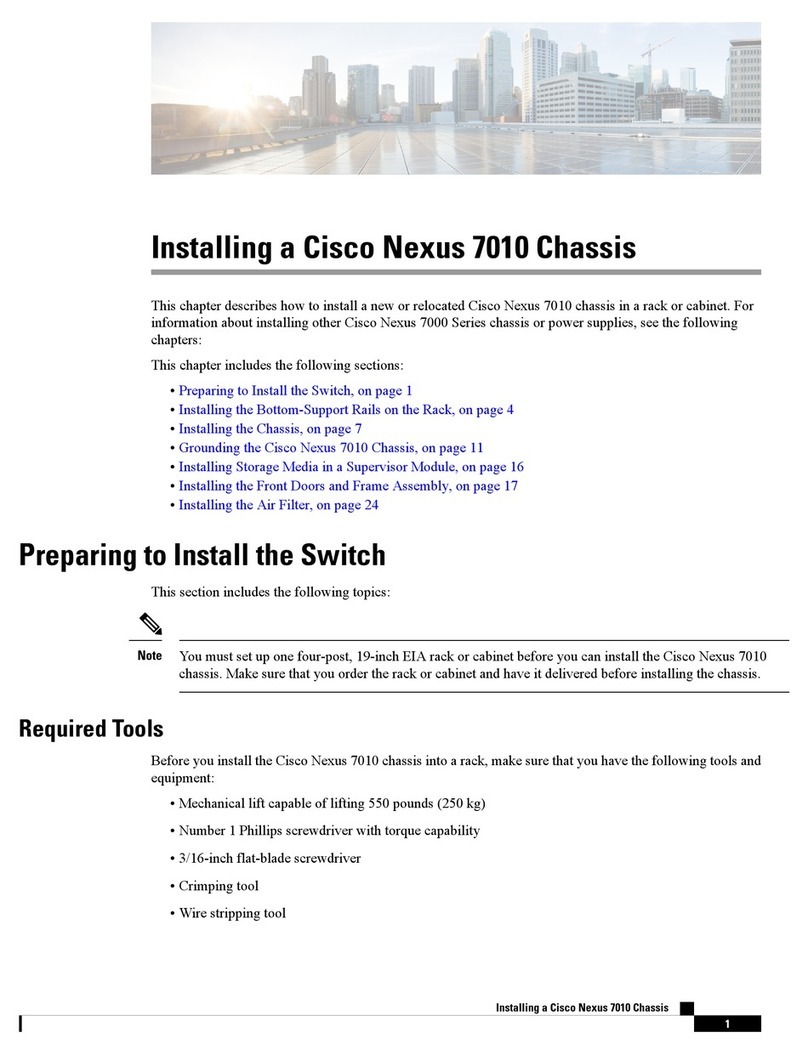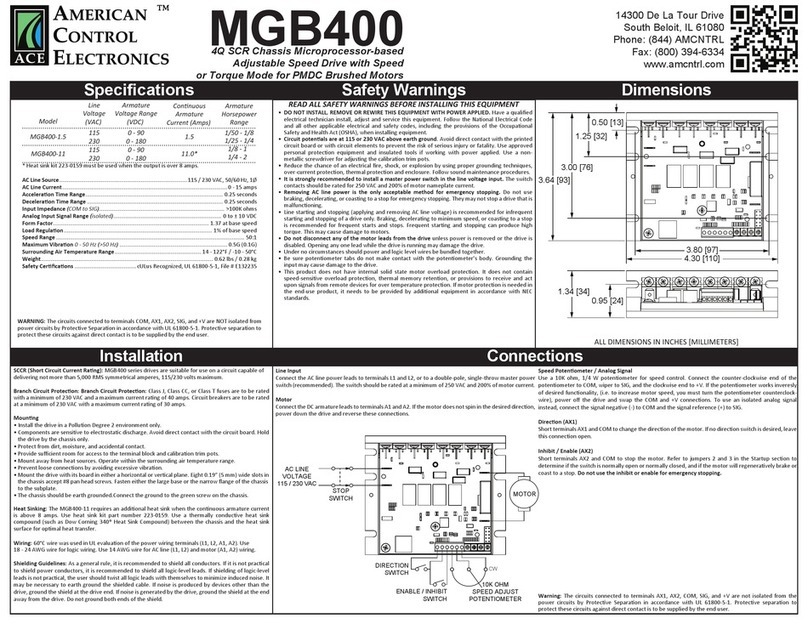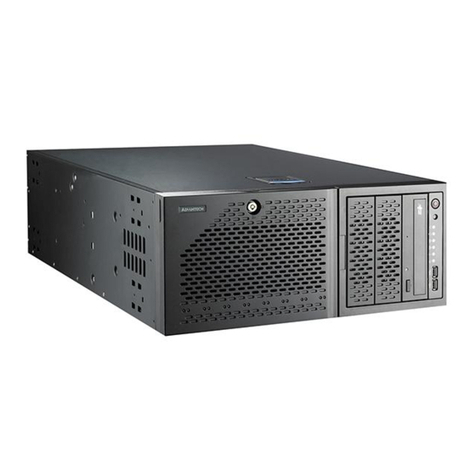HRK3-HB-5 VIALITEHD 3U CHASSIS HANDBOOK
3
TABLE OF CONTENTS
1INITIAL INSPECTION............................................................................................................................................................................5
2INTRODUCTION TO THE VIALITEHD RANGE.....................................................................................................................................5
3VIALITEHD AND VIALITE CLASSIC COMPATIBILITY..........................................................................................................................6
4VIALITEHD SYSTEM COMPONENTS...................................................................................................................................................7
4.1 ViaLiteHD 19” chassis................................................................................................................................................................7
4.2 Description.................................................................................................................................................................................7
4.3 Power Interface Management....................................................................................................................................................7
4.3.1 External backplane power .............................................................................................................................................7
4.3.2 Module bias feed...........................................................................................................................................................8
4.4 Alarm Management ...................................................................................................................................................................8
4.4.1 “Alarm Concentrator” 50way Connector J1....................................................................................................................8
4.4.2 Connecting to an "open collector" output.......................................................................................................................8
4.4.3 Summary Alarm.............................................................................................................................................................8
4.4.4 Module Alarm Defeat.....................................................................................................................................................9
4.4.5 Using open collector alarms with controller cards..........................................................................................................9
4.4.6 Using open collector alarms with RF switch and RF splitter cards .................................................................................9
4.5 Heat management.....................................................................................................................................................................9
4.6 Unused module positions...........................................................................................................................................................9
4.7 Minimum power supply load.....................................................................................................................................................10
4.8 Chassis Specification............................................................................................................................................................... 11
4.9 Chassis connector pinouts.......................................................................................................................................................11
4.9.1 Chassis connector pin out J4 & J19-31........................................................................................................................12
4.9.1.1 Chassis connector pin out J4 & J19-31 - serial numbers below and including SN1221901..................................................12
4.9.1.2 Chassis connector pin out J4 & J19-31 - serial numbers above and including SN1221902..................................................12
4.9.2 LNA feed and BUC feed pin assignment for different module types.............................................................................13
4.10 Fan replacement......................................................................................................................................................................14
5VIALITEHD POWER SUPPLIES.......................................................................................................................................................... 15
5.1 6HP Chassis Power Supplies ..................................................................................................................................................15
5.1.1 Specification................................................................................................................................................................16
5.2 19” Chassis Power Requirements............................................................................................................................................16
5.3 Redundancy load module, HRL ...............................................................................................................................................16
5.3.1 Redundancy load module, plug-in card........................................................................................................................17
5.3.2 Redundancy load module, front panel .........................................................................................................................17
5.3.3 Redundancy load module, DIP switches......................................................................................................................17
5.3.4 Redundancy load module, setting the load DIP switches.............................................................................................18
5.3.5 Redundancy load module, using with SNMP and controller module.............................................................................18
5.4 Power Supply HPS-CS-3 for use with OEM modules (HRx-xx-xM-xx)......................................................................................18
6INSTALLATION GUIDE .......................................................................................................................................................................20
6.1 Chassis Installation..................................................................................................................................................................20
6.2 6HP Power Supply Module Installation (slots 15 and 16) .........................................................................................................20
6.3 5HP Standard Plug-in Modules (slots 1-13) .............................................................................................................................20
6.4 5HP Blindmate Plug-in Modules (slots 1-13)............................................................................................................................21
6.5 7HP Standard Plug-in Modules (slot 14 only)...........................................................................................................................22
6.6 5HP blanking panel installation (slots 1-13)..............................................................................................................................23
6.7 7HP blanking panel installation (slot 14) ..................................................................................................................................23
6.8 6HP blanking panel installation (slots 15, 16)...........................................................................................................................23
6.9 Separate blindmate panels ......................................................................................................................................................24
6.10 Electrical power connection .....................................................................................................................................................24
6.11 Typical redundancy configurations...........................................................................................................................................25
6.11.1 Four 1:1 redundant transmitters, standard modules.....................................................................................................25
6.11.2 Four 1:1 redundant transmitters, blindmate modules...................................................................................................25
6.11.3 Six 1:1 redundant transmitters, standard modules.......................................................................................................25
6.11.4 Six 1:1 redundant transmitters, blindmate modules .....................................................................................................26
6.11.5 Four 1:1 redundant receivers, standard modules.........................................................................................................26
6.11.6 Four 1:1 redundant receivers, blindmate modules.......................................................................................................26
6.11.7 Six 1:1 redundant receivers, standard modules...........................................................................................................27
6.11.8 Six 1:1 redundant receivers, blindmate modules..........................................................................................................27
6.11.9 Four 1:1 redundant links, blindmate modules ..............................................................................................................28
6.11.10Six 1:1 redundant links, blindmate modules.................................................................................................................29
6.12 Shock and vibration.................................................................................................................................................................30
7PART NUMBERING.............................................................................................................................................................................32
7.1 ViaLiteHD Chassis, part numbering .........................................................................................................................................32
7.2 ViaLiteHD Power supply, part numbering.................................................................................................................................32
8MAINTENANCE AND FAULT-FINDING GUIDE...................................................................................................................................33
